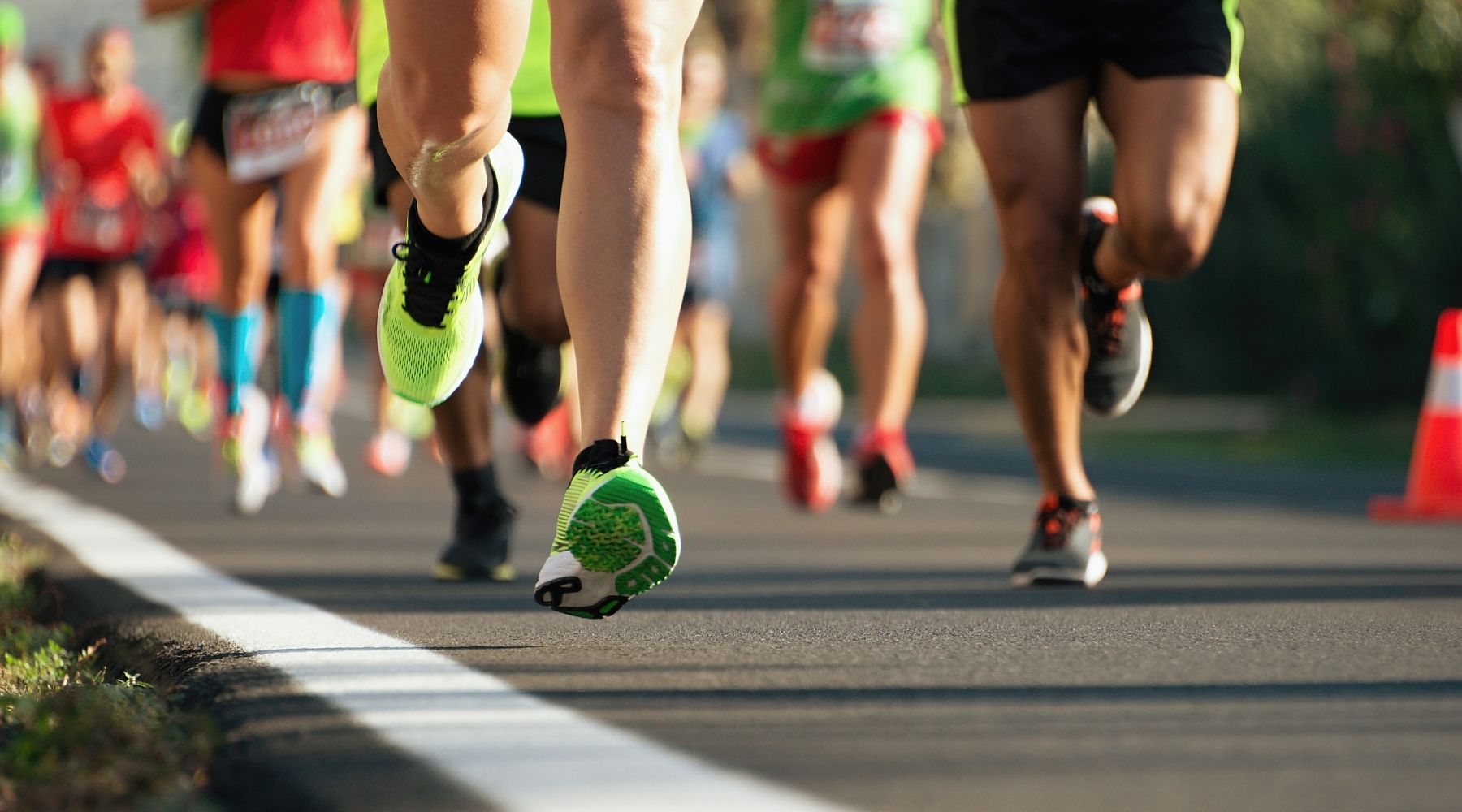Each week, OMRF Vice President of Research Dr. Rod McEver opens “Adam’s Journal” to answer a medical question from Adam Cohen, OMRF’s senior vice president & general counsel and interim president.
Adam’s Journal
The past few months have been especially humid, and I’ve found myself sweating even more than usual during summer runs. I don’t carry water with me, but I try to rehydrate promptly after I’m done. While exercising, what’s a good way to know when I’m experiencing “normal” perspiration and when I need to worry about dehydration and overheating?
Dr. McEver Prescribes
Sweat may leave you soaked after a summertime run, but perspiration is generally a good thing.
When your body temperature rises from exercise, sweat helps keep your internal temperature stable. Everyone perspires when they work out, but when and how much varies.
Men sweat more than women. Larger people more than smaller ones. And physically fit people tend to perspire faster and more than those who don’t exercise.
An athlete’s body is conditioned to sweat sooner, allowing a runner like you to go harder and farther without increased body heat (and the risks accompanying it). Think of it as an efficient air-conditioning system.
Nevertheless, dehydration is dangerous and can sneak up on you. Symptoms include dizziness, headaches, thirst, and, in extreme cases, loss of consciousness.
Although dehydration can lead to heatstroke, a drenched running shirt alone isn’t cause for alarm. Monitor yourself for an accelerated pulse, cold, pale and clammy skin, nausea, muscle cramps, and unusual tiredness or weakness.
If you suspect heat exhaustion, stop exercising immediately. Get to shade or air conditioning, elevate your legs, and drink cold water or electrolyte drinks. Ice packs or a cool bath can help lower your core temperature quickly. If you don’t feel better within an hour, seek medical attention.
At this time of year, opt for light, loose-fitting clothing, which allows sweat to evaporate and cool the body. Try to keep workouts shorter, and keep sports drinks on hand to replenish electrolytes.
Run early, as temperatures are lowest then. But if logging your miles in the heat of the day is the only option, don’t count out the climate-controlled comfort a treadmill can offer.
–
Do you have a health query for Dr. McEver? Email contact@omrf.org and your question may be answered in a future column!



